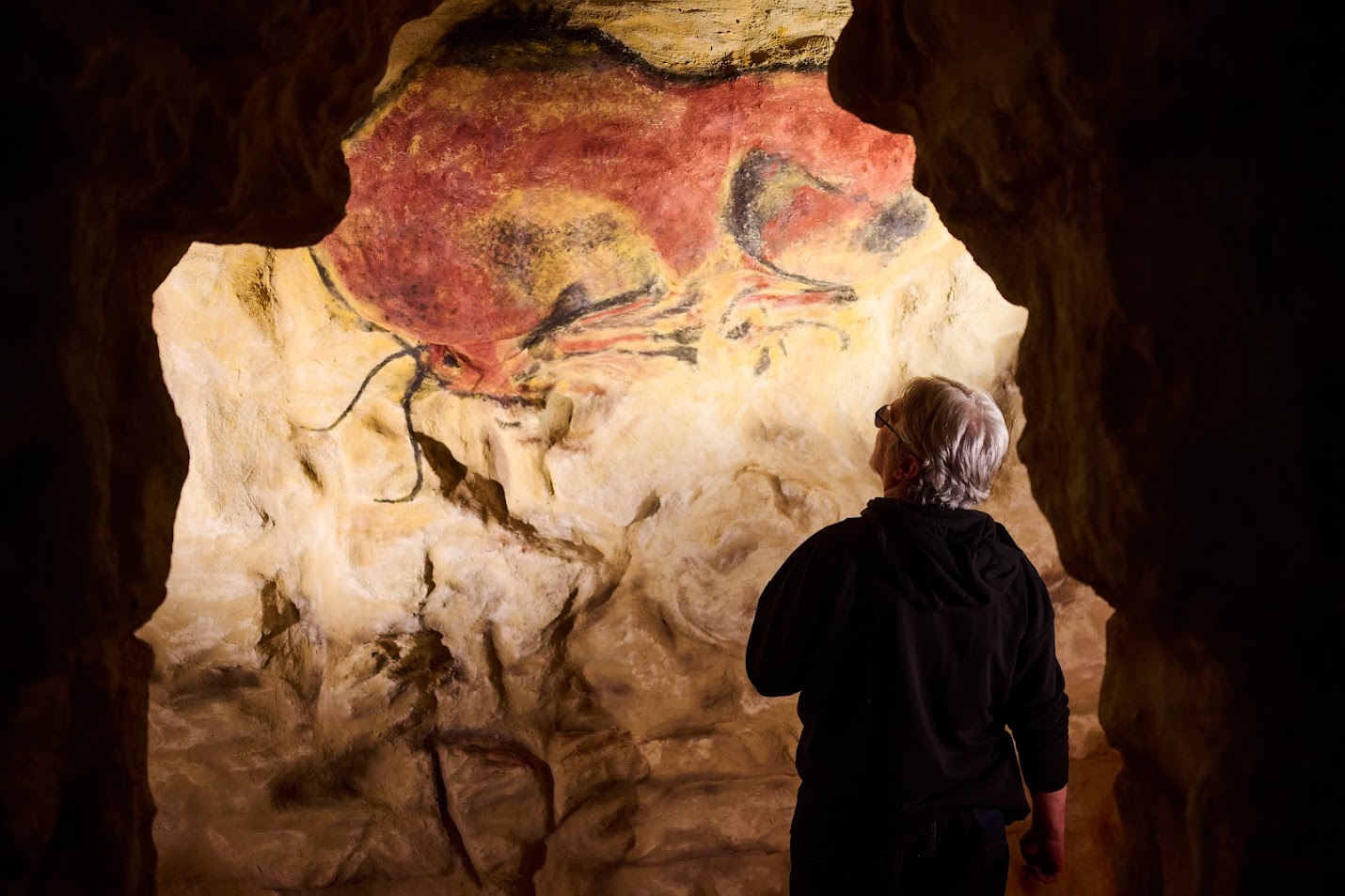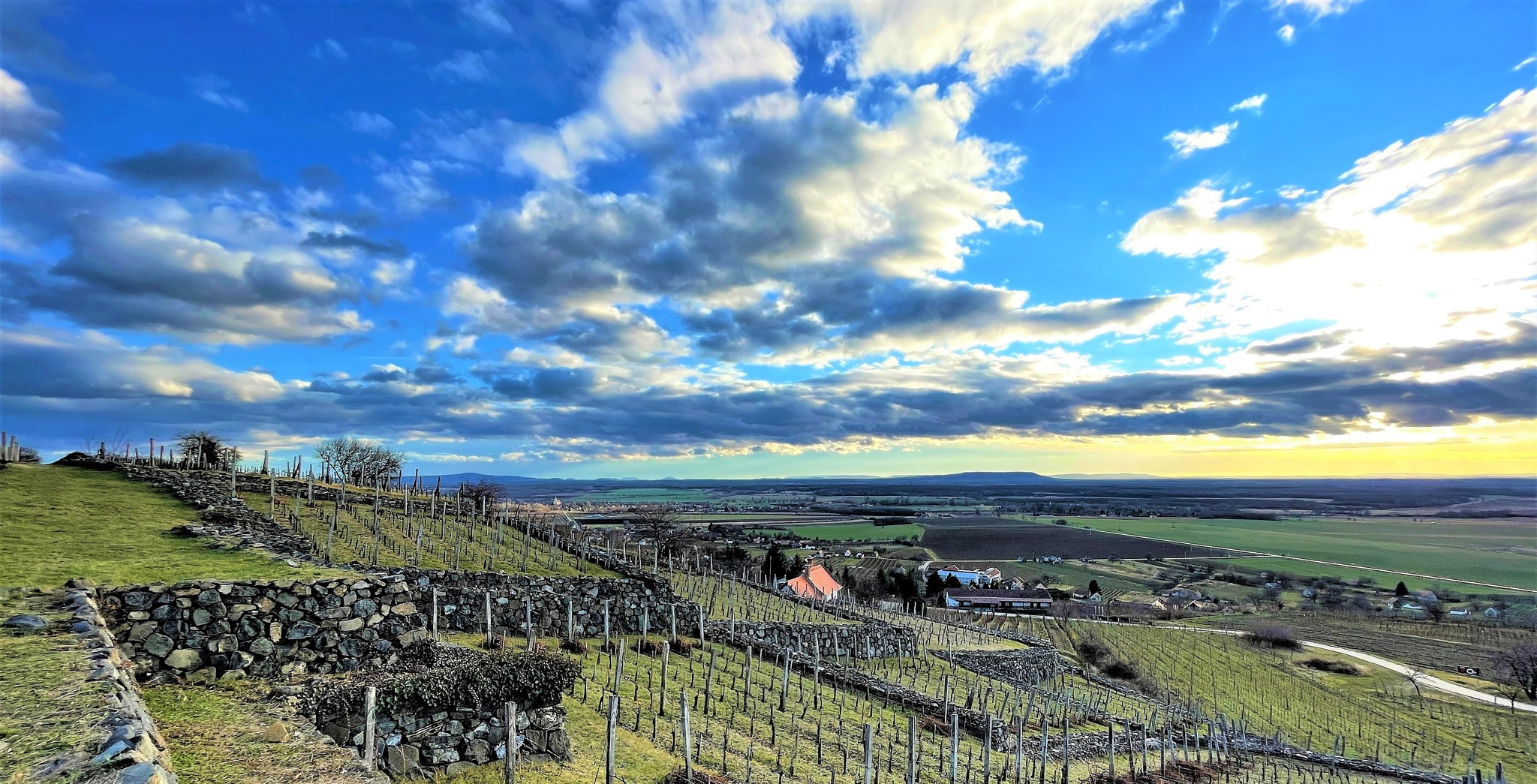
For a long time after the discovery of the cave paintings in 1879, it was believed that they were forgeries.Continue reading
A new archaeological exhibition entitled “Treasures of the Lonely Mountain – Millenia-old Stories of the Somló Hill” – opens at the Hungarian National Museum on January 30.
Based on the results of the latest archaeological research on Somló Hill (western Hungary) and discoveries from the golden age of Hungarian archaeology, the exhibition will present the Late Bronze Age and Early Iron Age world of the area, the customs of the warriors who ruled the hill and the finest works of the metalworking masters of the two periods.
Known today as a volcanic butte, Somló is best recognized as a special wine region, a hiking destination, and for its medieval castle.

The castle. Photo via Facebook/Lőke András
Only a few know that in the first half of the 1st millennium BC, it was inhabited by communities led by warriors who hid treasures in the mountain settlement during their mysterious sacrificial ceremonies. The site tells a rich variety of stories about the hunts, feasts, and festivals of the people who once lived there. Beneath the huge mounds of graves in the foothills of the mountain, consuming the work of entire communities, archaeologists have found the dead, who were once buried with their belongings, and held in a special place of honor.

The Somló wine region. Photo via Facebook/Tornai Pincészet-Somló
The Somló hill gained European fame in the 19th century for the Late Bronze Age and Early Iron Age tombs that were found there. However, in the last hundred years, Hungarian archaeology has forgotten the hill, and
the exhibition aims to show what forgotten stories it hides and what archaeology can reconstruct from them.
The treasure troves uncovered as a result of the recent research launched in Somló early last year fundamentally change the picture of late Bronze Age and early Iron Age rites. Behind the artifacts, there are links across Europe, spanning the Baltic, the Alps, and the Carpathian Basin. The gold and amber jewellery, a set of wild Hungarian trophies, and unique weapons all reveal a thriving Late Bronze Age community at Somló.
Architecture will be presented as a co-art form and a co-discipline, with a selection of Somló-related designs and models by architecture students from the Budapest University of Technology and Economics.
The exhibition will be open until March 28 at the Hungarian National Museum.
Here are the main attractions:
It is an interesting fact that Prime Minister József Antall announced the end of the Soviet occupation and the restoration of Hungary’s sovereignty (June 30, 1991), on the summit of Somló.
Via MTI; Featured image via Facebook/Somló, képeken/Zita Vaskó